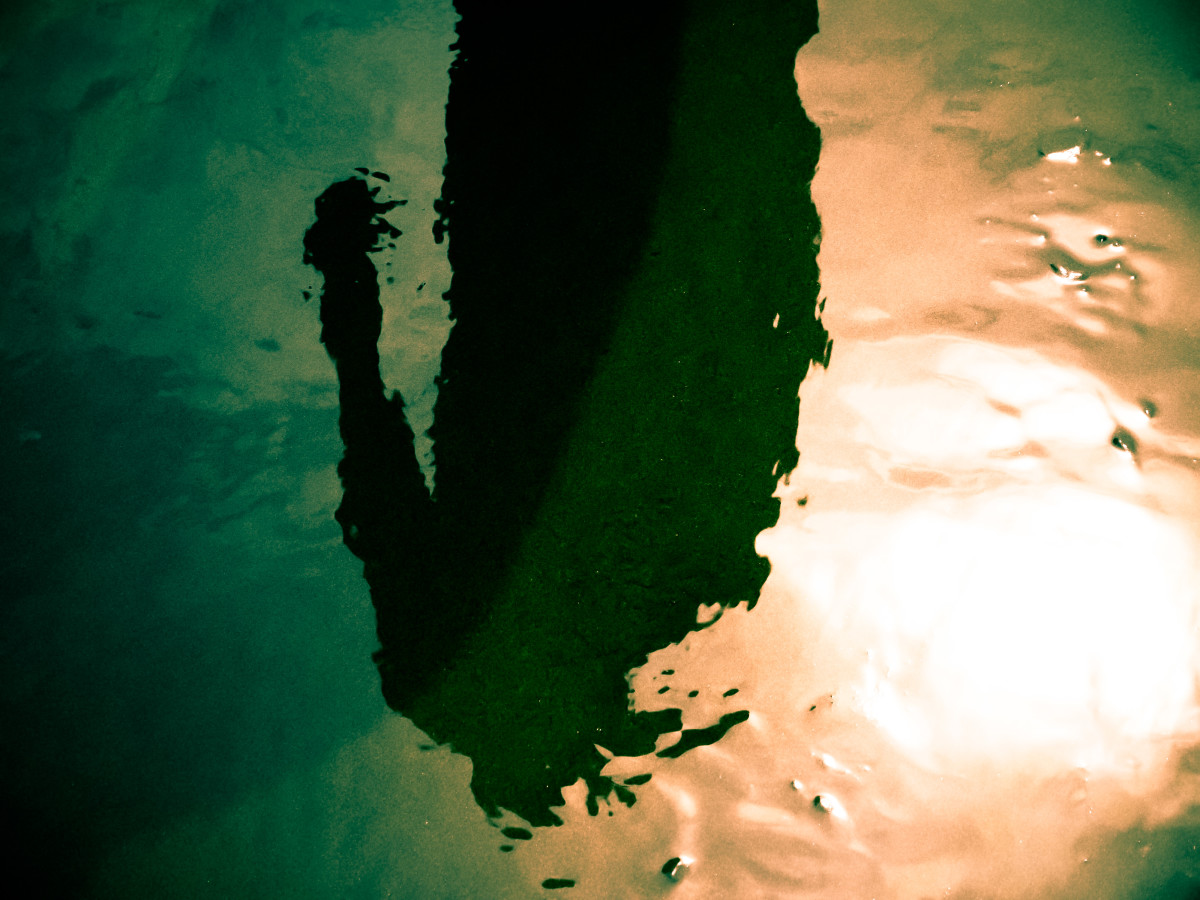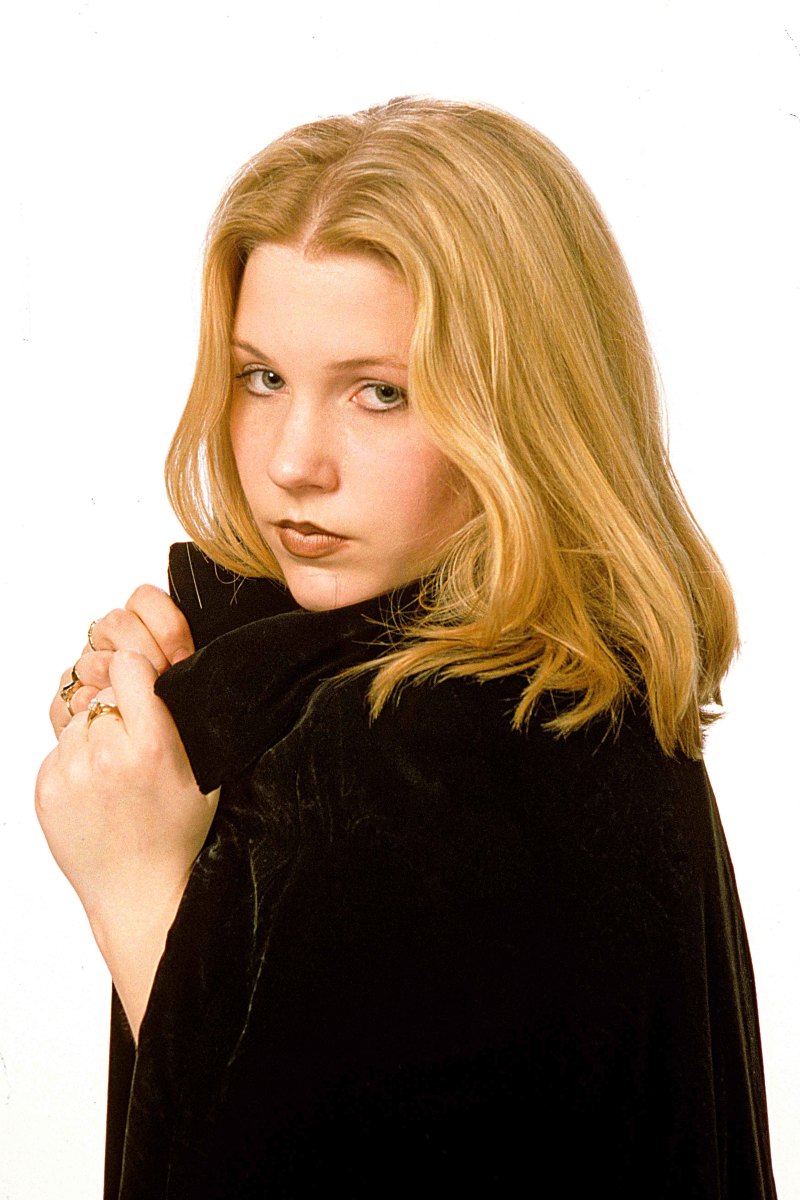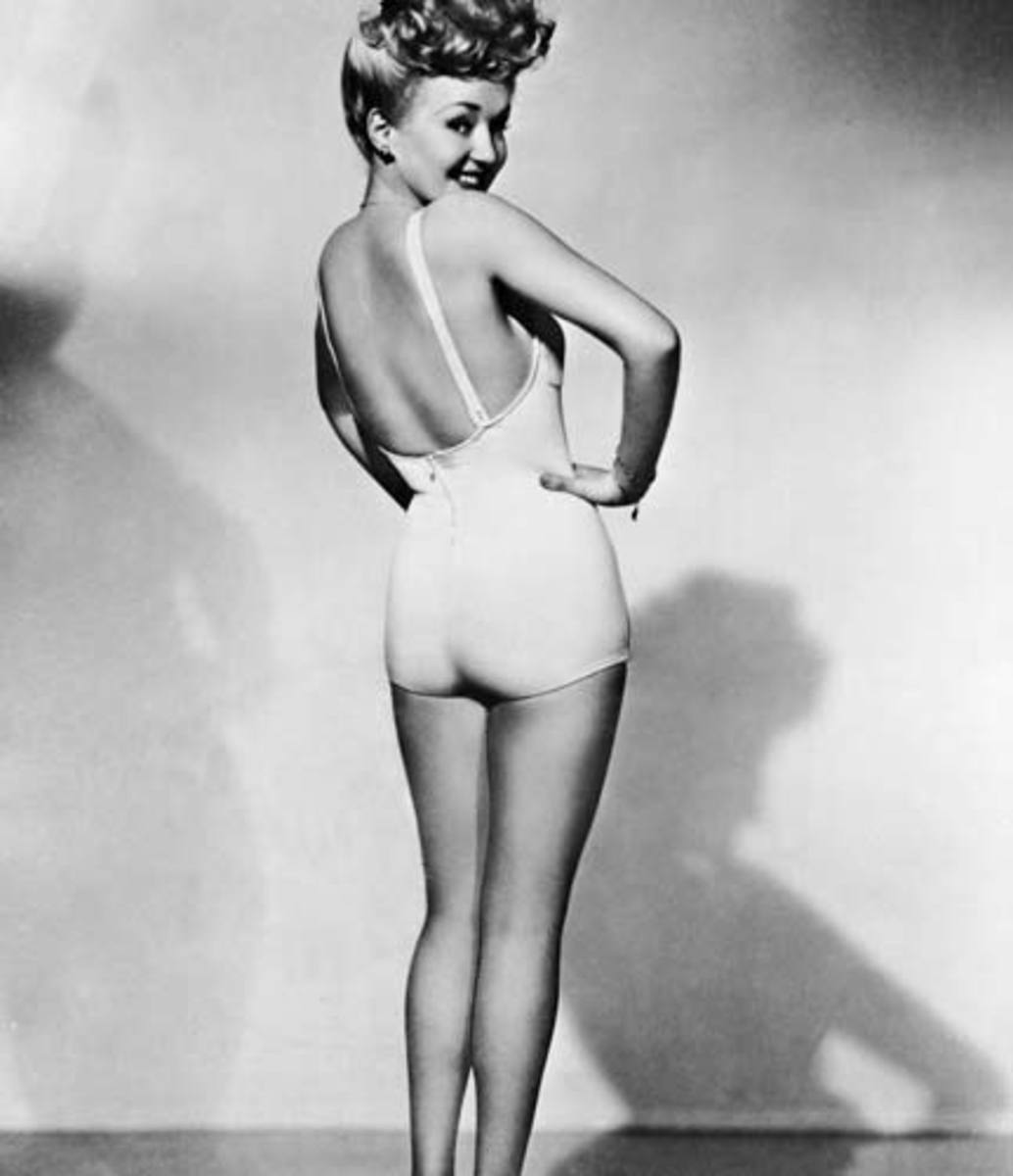Some of The Most Important Photography Rules to Know
Some of The Most Important Photography Rules to Know

Examples of balanced compositions

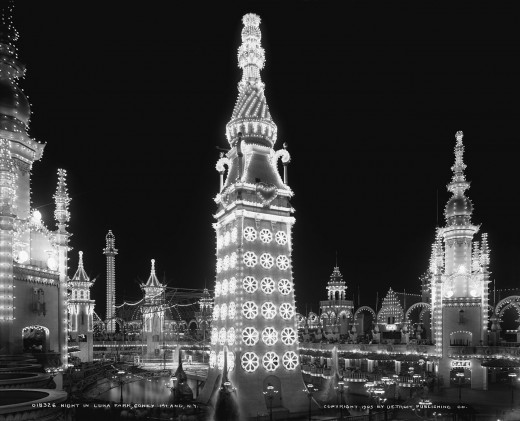
Not everyone knows all the rules associated with photography but having a basic understanding in regards to the most important ones can prove to be a very helpful tool to guide you in your quest to enhance your photographic endeavors.
Keep in mind that all rules do not fit all scenes and very seldom do all rules fit one composition. Some fit some while others fit others.
Learning when to apply a specific rule or rules is a very important step and one which should be mastered if you want to become a professional photographer.
Worth mentioning is that these rules are based on good principles but are not etched in stone.
Many successful pros make a living by bending these rules and in some cases doing the opposite of what a rule states.
Rule of thirds & Texture
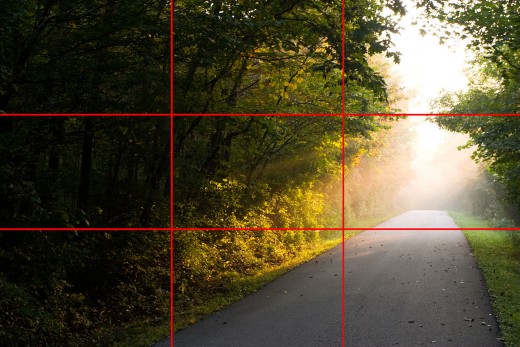


Most of us are used to following rules. We have them in school, at work in society and even in the home.
Like most of us sometimes we tend to dislike rules since they can often impart restrains on our freedom and in the case of any artist like photographers, rules can be said tend to stifle creativity.
Actually most photographic composition rules are really guidelines meant to offer advice to aspiring photographers.
The first and most important guideline is composition. Simply put a composition is nothing more than how the elements that are present in a scene are arranged so that they have a pleasant look about them. It make the viewer stop and look simply because how things are shown.
Our brains are wired to accept elements arranged in an order and not seen as being a chaotic arrangements of things.
This takes practice but once you begin to develop a photographic eye the arrangements falls into place almost naturally.
Next is the rule of thirds and many photographers swear about the importance of following this particular one. The human eye gravitates to things that are arranged into thirds with no particular element taking more space than any other within the scene.
If your DSLR camera does not come with a grid which is visible in the view screen, then mentally superimpose it and try to place the most important element in the scene like the main subject at one of the "intersections".
The rule of thirds has a variation sometimes called the golden ratio and it works the same way, but the main subjects should fall into the middle of the grid rather than at any particular grid line.
With the golden ratio if your image features some diagonal angles or elements try imagining a diagonal line from one corner of the scene to the other then draw a line from one of the other corners until it meets the first line at 90 degrees. Now place your photograph’s main elements so that they fall within the resulting triangles.
This rule works better if the scene is mainly made up of curving lines rather than straight ones. To imagine a sample, look for any subject that has a spiral which in turn leads the eye to a particular point in the scene.
The rule of odds; The eye it seems, is more comfortable looking at odd numbers than at even ones. This has to do with the notion that our brains will focus our eyes towards the center in any group and will look at empty space when the group is even.
Empty Space is the next rule. It indicates that when composing a picture that has a living subject one should leave some space in front of the area of where the subject is looking.
For example if you have a portrait and the subject is looking away from the camera you should leave some space in the direction of the subject's gaze. This creates the illusion that there is implied movement.
Filling the frame; This rule states that you should fill the entire frame with the subject. This is great for when doing close ups but it is generally applied when you want to exclude distracting elements that may be present in a scene and may serve to take away from the main subject.
Keeping this in mind you should not fill the frame if there are elements that may add information to the scene. Only apply it if there are things that will make the eye wander away from your main point of focus.
Simplicity; We humans seem to have an affinity towards simplicity, that is a fact. We tend to shy away from disorder and chaos and admire anything that seems to be orderly and neat.
When applying this rule look carefully at your composition and decide if there are any elements that are distracting and do not really add any interest to the scene, if so, exclude them from the shot.
Leading Lines; Use leading lines to guide the eye from one point in the scene to the other. This works if the eye can follow the line or lines and there is something of interest at the end of the line.
Balance; The scene needs to be balanced. If you have a large subject in one portion of the scene and not much else in the rest, then the scene tends to look out of balance. If you only have one large element to count with then include smaller elements in the rest of the scene to try to balance the view.
Patterns; Use patterns to create a more compelling image. Patterns are everywhere specially in nature. Using patterns appropriately makes the scene a more compelling one to look at. Patterns tend to make us think about harmonious things and including them in a shot makes sense.
Colors; Use colors appropriately to create a mood, create visual stimulation as well as in creating a strong focal point. Good to know is what each color represents or what "emotion" it can bring forward.
Texture; Use textures to emphasize dimensions and give a "feel" to the subject. This is one is tricky. The texture has to be clearly visible and not just imagined or assumed. Close ups work well and don't forget to use weathered, abstract texture formats.
Symmetry; A symmetrical image is one that looks the same on one side as it does on the other. Symmetrical designs are an excellent way to also show balance and can make an interesting subject look that much better.
Depth of field & Symetry


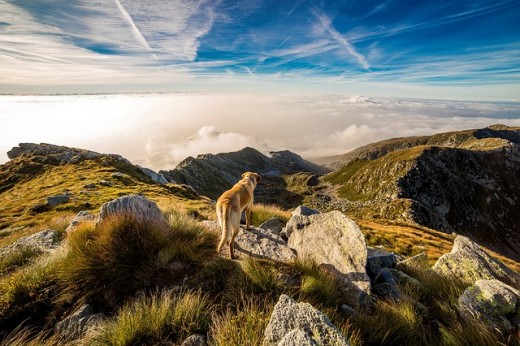
Did this prove to be helpful and informative?
Perspective; Having a good perspective is sometimes crucial in order to catch the subject at its best.
Low perspectives, high perspectives, side angles and any other perspective that deviates from the norm can often make a subject stand out instead of appearing as more of the same.
A good viewpoint can make an uninteresting subject appear interesting. This works best for subjects that are often thought as mundane everyday things.
Proper Backgrounds; Include backgrounds that are interesting or add to the main subject. Excludes backgrounds which seem to clutter the scene or distract from the main subject.
Depth of Field; Using depth properly can add dimension to the scene. Too much and the main subject can become lost, too little and the subject can appear unnatural.
Reaching a good balance is best so the most adept photographers usually find that the middle ground works best for the majority of their compositions.
Proper Framing; Proper framing can be a very helpful rule when you want to draw attention to a very interesting subject matter.
Remember that frames do not have to be man made. Natural frames are very useful and often plentiful. Just be careful not to frame too tightly on a subject as doing so defeats the purpose of using a frame.
Proper Orientation; The simple rule to follow is when an image contains a lot of horizontal lines, use a horizontal orientation. When the scene is composed of very strong vertical lines or strong subjects, especially tall ones, use a vertical orientation.
Leading lines & Strong colors
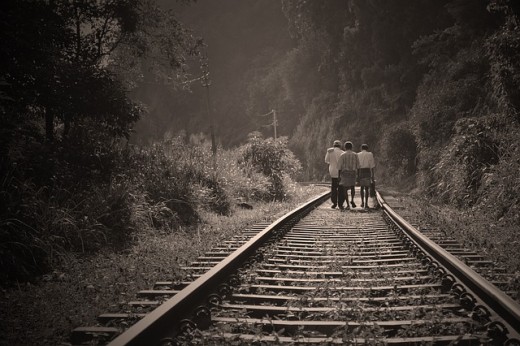

Framing & Orientation
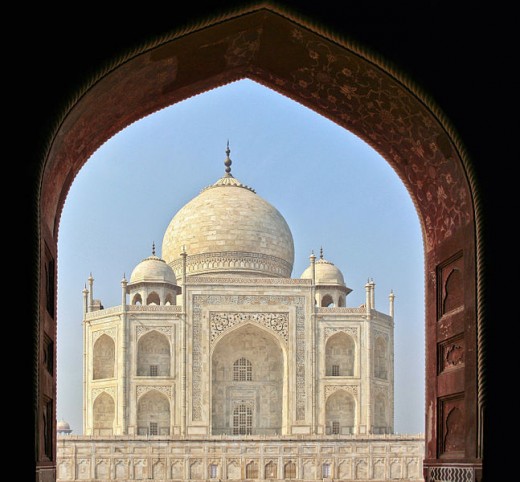
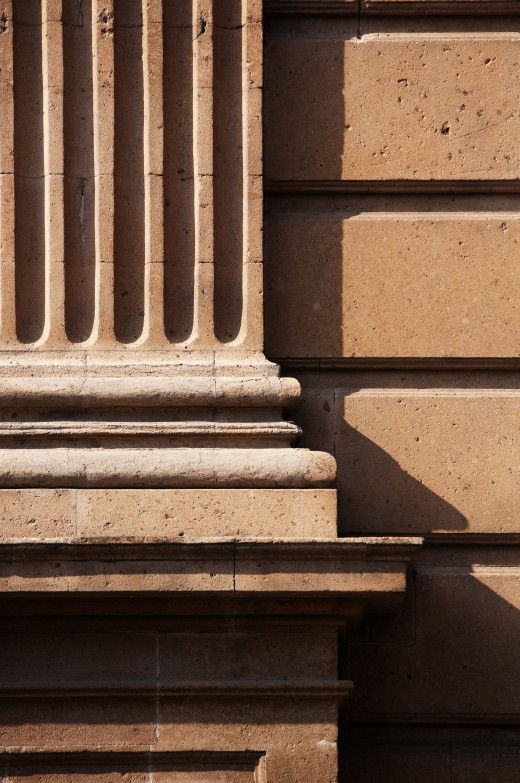
Golden Ratio
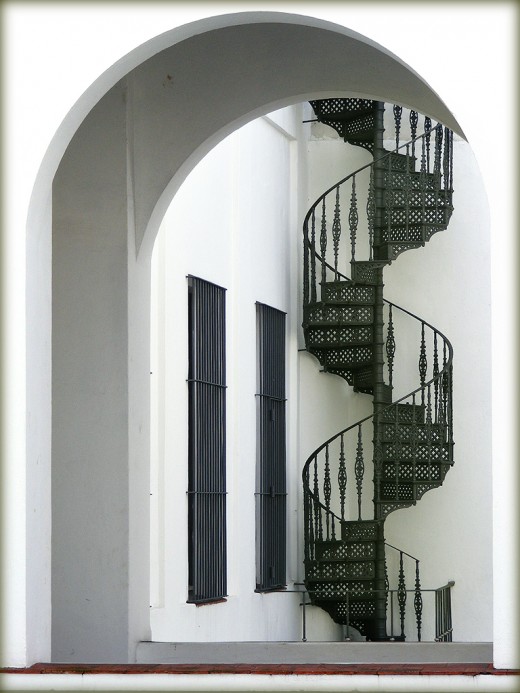
© 2014 Luis E Gonzalez







